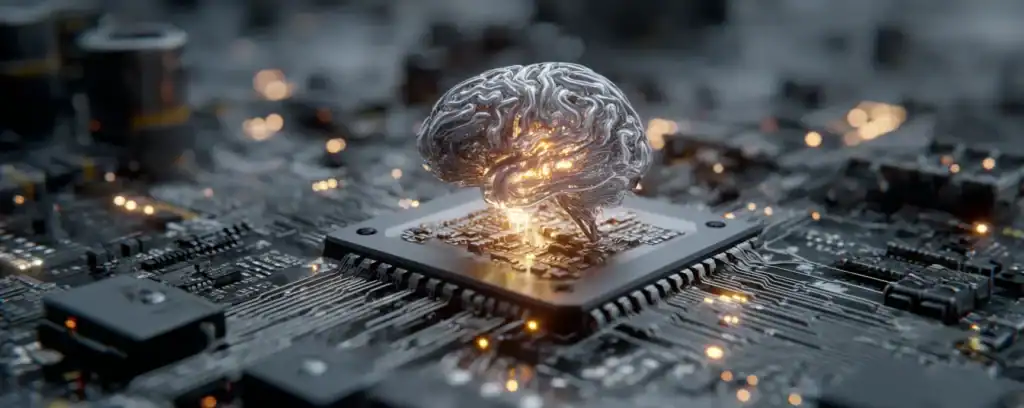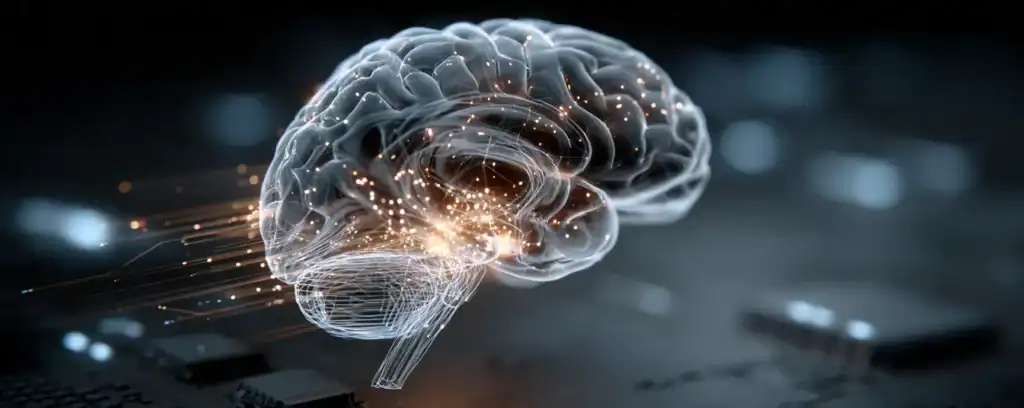Neuromorphic computing is a transformative approach to hardware and algorithm design, inspired by the structure and functionality of the human brain.
This emerging field focuses on constructing systems of interconnected artificial neurons and synapses capable of modelling cognitive processes and addressing complex machine learning tasks.
The overarching aim is to achieve adaptive, energy-efficient artificial intelligence with capabilities that are closer to those of natural intelligence.
Motivations Behind Neuromorphic Development
One of the primary drivers for neuromorphic computing is the growing energy demand of traditional AI models. Conventional CPUs and GPUs, particularly when handling large-scale neural networks, consume vast amounts of power.
By contrast, the human brain performs highly sophisticated operations on just a fraction of that energy. This contrast underscores the need for more sustainable computation models.
A central limitation of conventional architectures is the so-called von Neumann bottleneck, where the physical separation of memory and processing units creates latency and inefficiencies during data transfer.
Neuromorphic systems address this by tightly coupling memory and computation, thus enabling real-time processing with significantly lower power consumption. Moreover, their ability to operate in parallel makes them well-suited for high-speed, real-world applications where responsiveness is critical.
These systems also shine in environments with stringent size or energy constraints, such as embedded sensors or edge computing devices.
Their resilience to hardware faults, inspired by the biological brain’s robustness, adds further value, especially as device miniaturisation introduces new reliability challenges.
Core Elements: Models, Learning, and Hardware
The models underpinning neuromorphic systems range from biologically accurate neuron representations to simplified versions designed for efficient hardware implementation.
Synaptic models incorporate adaptive behaviours mimicking mechanisms such as synaptic potentiation and depression, often through Spike-Timing Dependent Plasticity (STDP), which underlies their learning abilities.
Learning algorithms in neuromorphic systems diverge from standard AI techniques. While supervised methods like backpropagation can be used, they often require adaptation to suit the constraints of neuromorphic hardware.
A significant research focus lies in unsupervised and on-line learning methods, particularly Hebbian-style rules and STDP, which enable systems to adapt in real time without extensive retraining.
Hardware platforms span from general-purpose solutions like FPGAs to bespoke analog and mixed-signal chips designed for spiking neural networks.
Advanced materials such as memristors and phase-change memories are being explored for their potential to replicate synaptic behaviours physically.
These components are key to building smaller, faster, and more power-efficient neuromorphic devices.

System Integration and Software Ecosystems
For neuromorphic computing to be practical, it must be supported by a robust ecosystem of tools. Communication frameworks such as Address Event Representation (AER) facilitate efficient signal routing between components.
In software, initiatives are underway to develop programming tools that reflect the distinctive characteristics of neuromorphic architectures.
These include purpose-built frameworks and common interfaces that ease the development of neural network models across various platforms.
Applications and Ethical Considerations
While large-scale deployment is still emerging, neuromorphic systems are already proving their utility in machine learning, particularly in image and speech recognition tasks.
They are also being tested in autonomous systems and real-time data processing, where speed and efficiency are paramount.
Beyond practical deployment, they serve as experimental platforms for neuroscience, offering insights into the workings of biological cognition.
These advancements bring with them important societal questions. The ability of machines to mimic aspects of human cognition can provoke public concern and regulatory scrutiny, particularly in sensitive domains such as healthcare and education.
As systems grow more autonomous, discussions around machine consciousness and the rights of artificial agents become more pressing. Intellectual property issues, including the ownership of content generated by neuromorphic systems, further complicate the legal landscape.

Looking Ahead
Neuromorphic computing stands at a pivotal point, with research converging from neuroscience, materials science, and AI. A global push is evident, with regions like the UK and the Netherlands establishing themselves as hubs of neuromorphic innovation.
Efforts to standardise evaluation methods, such as benchmarking frameworks, are helping to drive consistency and transparency in performance comparisons.
Overcoming the variability inherent in hardware design remains a significant hurdle. Nevertheless, the trajectory of neuromorphic computing suggests it will play a critical role in the future of AI, enabling systems that are not only more efficient but potentially more adaptable and intelligent than current approaches allow.

